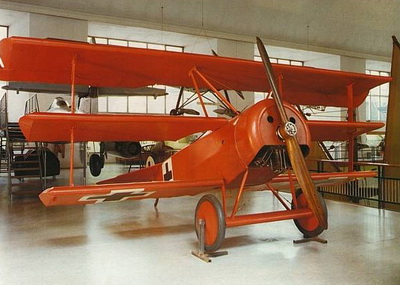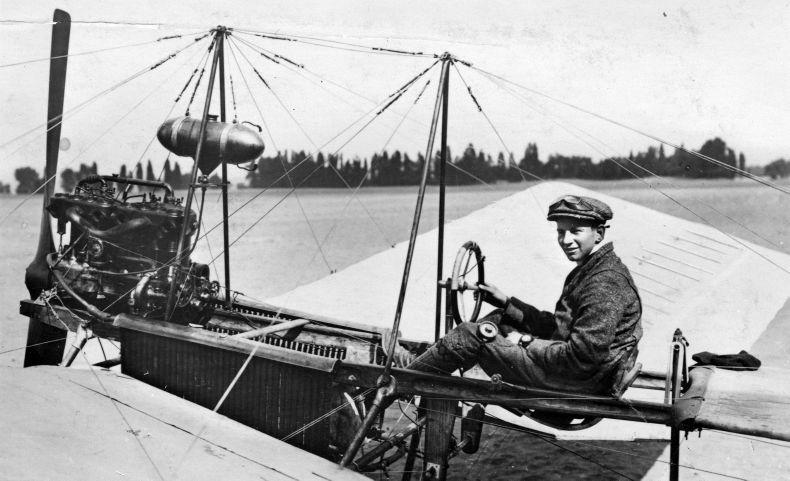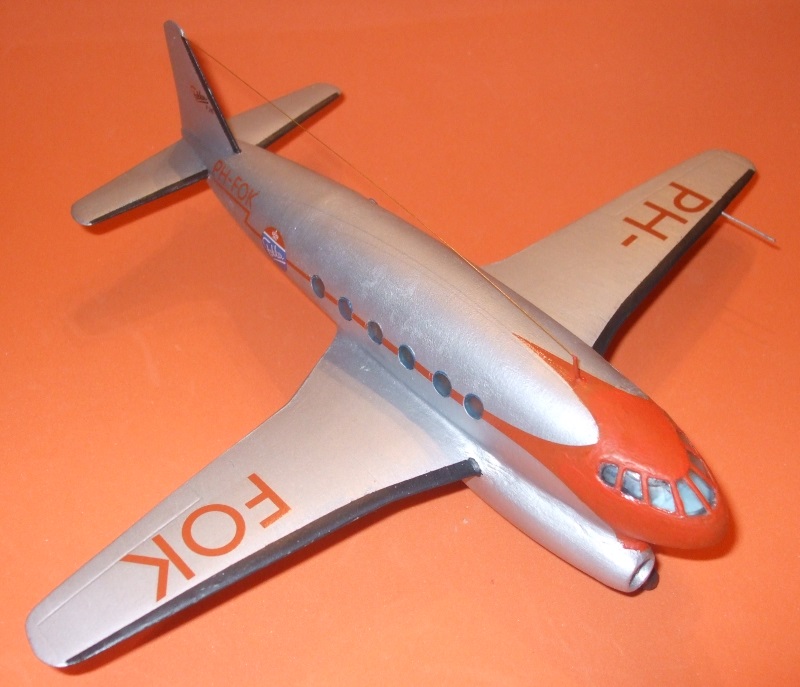International Resin Modellers Association©SM®TM
SITE UPDATE! As Yahoo! Site Solutions is no longer being updated or maintained after today, Thursday 31 March 2022, IRMA will be moving to a new provider. This will take us some time, so please be patient. We will be listing kit release dates on our new site. Thank you for your patience and understanding.
International Resin Modellers Association ©SM®TM
Zane R Nobbs
405 Old Orchard Drive, 18
Essexville, MI 48732
United States
ph: 001-989-891-1401
fax: 001-989-891-1401
alt: 001-989-465-6241
info
- Home
- Updates!
- About Us
- Contact Us
- IRMA On-Line Store
- Services
- Corporate Services
- Memberships
- Resin Manufacturers 1
- Resin Manufacturers 2
- Resin Manufacturers 3
- Resin Manufacturers 4
- Resin Manufacturers 5
- Resin Manufacturers 6
- Resin Manufacturers 7
- Resin Manufacturers 8
- IRMA President & Founder
- Resin Manufacturer of the Year
- Resin Manufacturer of the Month
- Resin Manufacturer of the Month 2
- Hobby Suppliers and Organizations
- Corporate Sponsors
- Wish List!
- Members Page 1: Francisco Jose Conde
- Members Page 2: Tom Zuijdwegt
- Members Page 3: Robert Meguid
- Members Page 4: Francisco Jose Conde
- Members Page 5: Armando Gil
- New Releases
- Articles 1: Resin: The Greener Format
- Articles 2: Building a Gloster CXP-1001
- Articles 3: Nakajima J9N1 Kikka
- Articles 4: An IRMA Company?
- Articles 5: Gloster CXP-1001
- Articles 6: Hong Zhuan-503/Shenyang JJ-1
- Articles 7: Tribute to Jean Pierre Dujin
- Articles 8: Copied Kits
- Articles 9: Building a Shenyang JJ-1
- Articles 10: Why First Chinese Jets for IRMA Kits?
- Articles 11: Coandă-1910
- Articles 12: Building the Coandă-1910
- Articles 13: Varga RMI-1 X/H
- Articles 14: Building the Varga RMI-1 X/H
- Articles 15: CTA Heliconair HC-I, -II Convertiplano
- Articles 16: Building the CTA Heliconair HC-I
- Articles 17: Flug-und Fahrzeugwerke Altenrhein FFA P-16
- Articles 18: Building the Flug-und Fahrzeugwerke Altenrhein FFA P-16
- Articles 19: Fokker F.26 Phantom
- Articles 20: Building the Fokker F.26 Phantom
- Articles 21: Avro Canada C-102 Jetliner
- Articles 22: Building the Avro Canada C-102 Jetliner
- Articles 23: Tupolev Tu-12
- Articles 24: Building the Tupolev Tu-12
- Articles 25: NACA - Langley - Jacobs - Jeep
- Articles 26: Building the NACA - Langley - Jacobs - Jeep
- Articles 27: Campini-Caproni CC.7 (CS.11) Toscana
- Articles 28: Building the Campini-Caproni CC.7 (CS.11) Toscana
- Articles 46: Messerschmitt Me-262
- Articles 47: Orion III Space Clipper
- Articles 48: Building the Orion III Space Clipper
- Trades & Exchanges
- Reviews Page 1: PJ Production
- Reviews Page 2: ItalianKits/Cunarmodel
- Reviews Page 3: Bel-Air Models
- Reviews Page 4: Marsh Models - Aerotech
- Reviews Page 5: OMEGA Models
- Reviews Page 6: Sword Models
- Reviews Page 7: Prop & Jet
- Reviews Page 8: WHIRLYKITS
- Reviews Page 9: DEKNO MODELS
- Reviews Page 10: France'41
- Reviews Page 11: Bird Models
- Reviews 12: Uncle Les Models
- Reviews Page 13: RVHP Models
- Reviews Page 14: VSV Models/Travers Decals
Articles 19
Fokker F.26 Phantom

Boxart by Zane R Nobbs

Model and photograph by Zane R Nobbs
Perhaps one of the most intriguing designs of the 1940s, the Fokker F.26 Phantom was the first jet design of the Fokker Aviation Company and the first jetliner design for the world. It has also been chosen to be IRMA Kit No. 7 Fokker F.26 Phantom!

Fokker F.26 Phantom, illustration by Thijs Postma
Relying on its excellent reputiation for producing the most advanced fighter planes for Germany during the First World War, including the Fokker E.1 (1/72 Revell, Airfix, SMER), the famous Fokker Dr.1 ( 1/72 Revell, Airfix, eduard) for the Red Baron, the Fokker D.VII (1/72 Revell, MAC, RODEN, ESCI), specifically requested in the Armistice by the Allies, and other airplanes, the company returned to the Netherlands in 1918 when hostilities were concluded. There Anton "Anthony" Herman Gerard Fokker had begun his career with his Fokker Spin (1/72 V.L.E. Models, Aircraft In Miniature of Britain) prior to the war. Post-war Fokker produced aircraft for the Netherlands, Soviet Union, Germany and others. Fokker aircraft ended up fighting the Luftwaffe with the outbreak of the Second World War with the German invasion of the Netherlands.

Replica of Fokker Dr.1 of Baron Manfred Albrecht Freiherr von Richthofen, the Red Baron, Imperial War Musuem photograph
Originally the Fokker Aviation Company, via Fokker Director Ir. P. J. C. Vos, planned the Phantom in conjunction the the Dutch aviation transportation company KLM-Royal Aviation Company (Koninklijke Luchtvaart Maatschappij N.V.); the Dutch National Institute for Aviation Development (Nationaal Instituut voor Vliegtuigontwikkeling N.V.I.) and the Dutch government.

Photographs provided by Fokker Heritage Trust & F.27 Friendship Association
Construction Chief Ir. M. Beeling was in charge of the Fokker F.26 Phantom project and his team completed two scale models initially for exhibition and wind tunnel testing. This was the catalyst for construction of the Phantom.

Fokker F.26 in flight, Fokker Aviation Company illustration
The F.26 was considered an advanced design, especially in consideration of what the Germans had done to the Fokker factory from reducing its role in avaition to destroying or removing all of its production equipment to Germany during the war. Having lost their founder, Anthony Fokker in 1939 to meningitus in the U.S.A., the Fokker Company forged ahead to regain air routes, contracts and production lost during the war.

Anthony Fokker piloting the Spin, 1911, Nationaal Archief photo
Indeed, the Fokker F.26 was presented at the 1946 Paris Air Show in November utilizing British Rolls-Royce jet engines. Unfortunately jet powered airliners were considered too futuristic by many of the world’s airlines and transport companies so no offers resulted at that time. Fokker later claimed that the F.26 was merely a conceptual design, however, developments would appear to prove otherwise.

Fokker F.26 Phantom at Paris Air Show, November, 1946, original photograph property of IRMA
At the behest of Dr. Albert Plesman, head of KLM, Fokker initiated a project in cooperation with the British DeHavilland Aircraft Company to produce a jetliner between the two nations. Dr. Plesman felt this would distribute the costs more economically since he didn’t feel Fokker could achieve such a project on its own, even with government subsidies.

Fokker F.26 Phantom display model, photograph provided by Mr. Bob Dros of BEL-AIR MODELS
The end result was that after joint research the British took all of the data and used it for their own DeHavilland D.H. 106 Comet (1/72 Transport Wings, Welsh Models, Fliegerhorst) which would fly in 1949 as the world’s first built jetliner. Later the British would experience this same scenario when they contributed data from their own Miles M.52 (1/72 A+V Models with America and the U.S.A. took the data for use on the Bell X-1 (1/72 Hobby Craft, Racoon Models, TAMIYA, Mach2).

DeHavilland DH-106 Comet prototype, Imperial War Museum photograph
In appearance the Fokker F.26 Phantom was strikingly unique in that the engine placement was beneath the fuselage for the two Rolls-Royce RB.41 Nene centrifuge engines. The aircraft was also an all metal design with accomodations for 17 passengers with a crew of 3. Seating was arranged for two rows on the starboard side with a single row on the port side. At the rear of the aircraft were further accomodations for two cargo bays and a restroom.

Fokker Aviation Company illustration of F.26
Although the F.26 did not enter production beyond some component parts manufacture, wind-tunnel research and market testing did help with development of the British DeHavilland D.H. 106 Comet, the Avro Canada C-102 Jetliner and also with the new Fokker F.27 Friendship (1/72 Airfix, DOYUSHA, ESCI, EASTERN EXPRESS) of a few years later. The Friendship was powered by two Rolls-Royce Dart turboprop engines located in the more traditional positions on the wings.

Fokker F.27 Friendship prototype in flight, Fokker Aviation Company photograph
In the end the Fokker F.26 Phantom not only demonstrated the perseverance and tenacity of the Fokker Aircraft Corporation, but also the spirit of the Netherlands in rising from the ashes of the Second World War to continue on in the new post-war era with an attitude of optimism and determination in meeting new challenges. Indeed, Fokker was successful with the Fokker S.14 (1/72 Czech Master Resins), the world’s first specifically designed and produced jet trainer!

Fokker S.14 MachTrainer, photo by Arjen Mulder
In contributing to the research and construction of the master for this model, IRMA would like to extend our deepest appreciation to Mr. Bob Dros of BEL-AIR MODELS without whom this kit would not be possible. In historical research IRMA extends appreciation to Mr. Jan F Homma of the Fokker Heritage Trust & F.27 Friendship Association, especially in identifying the Construction Chief and for the photographs.

Illustration from SPiRU 13 JANVIER 1949, page 13 (Note: Cabin entry door is on wrong side.)

Illustration from Décollage N◦2 1947
Dimensions:
Wingspan: 59’ 9" (18.2 m)
Length: 50’ 6" (15.4 m)
Height: 19’ 6" (5.9 m)
Weight: 25,353 lbs (11,500 kg)
Performance Data:
Maximum Speed: 500 mph (433 kph)
Range: 621 miles (1,000 km)
Thrust: 5,000 lbs (22.24 kN) per engine
Engine: 2x Rolls-Royce RB.41 centrifuge turbojets
Crew: 3, with accomodations for 17 passengers
- Zane R Nobbs, © Copyright, IRMA 2013

Fokker Aviation Company technical document

Model and photograph by Zane R Nobbs
References for this article:
Fokker: Aircraft Builders to the World, by Thijs Postma, Jane’s Publishing Company, 1980
Fokker: Bouwer aan de Wereldluchtvaart (Fokker: Builder to the World of Aviation), by This Postma, Fokker-VFW b.v., Schipol/Unieboek, b.v., Bussum, 1979
Fokker Commerical Aircraft: From the F.1 of 1918 Up to the Fokker 100 of Today, by René de Leeuw, N.V. Koninklijke Nederlandse Vliegtuigenfabreik Fokker, 1994
Fokker Verkeersvliegtuigen: Van de F.1 uit 1918 tot en Met de Fokker 100 Van Nu (Fokker Airliners: The F1 in 1918 Through the Fokker 100 From Now), by René de Leeuw, N.V. Koninklijke Nederlandse Vliegtuigenfabreik Fokker, 1989
La Premier Avion Commercial Hollandais a REACTION Voicile FOKKER "Phantom," (The First Commercial Dutch Aircraft is a REACTION Jet, the FOKKER "Phantom,") SPiROU 13 JANVIER 1949
Jane's All The World's Aircraft 1947, edited by Leonard Bridgeman, Sampson, Low, Marston & Co., Ltd., Macmillan Company, Macmillan Company of Canada, Ltd., 1947
"From the Continent: The Fokker F.26 Phantom," The Aeroplane, May 2, 1947
"Fokker To-Day," Flight, #2079, December 9, 1948
Fokker: A Transatlantic Biography, by Marc Dierikx, Smithsonian Institution Press, 1997
Fokker-The Man and the Aircraft, by Henri Hegener, Harleyford Publications, 1961
"An Ambitious Project" Dutch Aviation, by Paul van Weezepoel, www.Dutch-Aviation.nl, 2013
Dutch Military Aviation 1945-1978, by Paul A Jackson, Midland Counties Publications, 1978
Koolhoven: Nederlands Vliegtigbouwer in de Schaduw van Fokker (Koolhoven: Dutch Aircraft Manufacturer in the Shadow of Fokker), by Theo Wesselink, Thijs Postma, Unieboek bv, Bussum, 1981
World Encyclopedia of Civil Aircraft, by Enzo Angelucci, Crown Publishers, Inc., 1982
Graphic images on this page copyright by IRMA 2013
Images on this page are used by permission or believed to be in the public domain. If you own one or more images and can prove you are the original owner, we will remove the image(s).
Box Art by Zane R Nobbs
Copyright International Resin Modellers Association©SM®TM. I.R.M.A. (IRMA) ©SM®TM. All rights reserved.
All images on this site are copyright protected internationally. All unauthorized use is tracked and filed. You may use images wtih permission and proper credit given to the site, manufacturer and model builder. Please do not use images without permission.
Any advice, suggestions, methods or recommendations given on this site are taken solely at the visitors discretion, responsibility and risk. The International Resin Modellers Association©SM®TM and any companies, organizations, individuals or other entities listed on this site or associated therewith are not responsible for any actions taken by visitors to this site. Please be very careful when doing any modelling and always remember: SAFETY FIRST! Happy modelling!
Any materials sent to the International Resin Modellers Association© shall remain the property of their respective owners with the understanding that upon receipt of materials, including written, photographic, graphic and any others, permission is granted for their use in any forum and format on this site and includes use by other sites or individuals related to this one. This site is not responsible in any way for misuse or distribution of said materials in or out of its control. This site also reserves the right to edit or format contributed materials for content and context. Materials displayed on this site are copyright by the International Resin Modellers Association©.
Images on this site not created by the International Resin Modellers Association are believed to be in the public domain. If you own an image, can verify it, and wish it to be removed, please contact us.
IRMA reserves the right to change prices for products, services or memberships without prior notice as well as changing site content, format and structure without prior notification.
The phrase and name International Resin Modellers Association is registered, copyrighted and trademarked internationally along with the phrase and wording internationalresinmodellers with a .com, .org or any other extension and also includes the logo and any variations (internationalresinmodeller, internationalresinmodelers, internationalresinmodeler and etc. with any and all extensions). Any infrigement, copying or unauthorized use is subject to an indemnity of U.S. $5,000,000 payable to the International Resin Modellers Association©SM®TM or Zane R Nobbs. And all legal expenses (court costs, attorney fees and etc.) and other expenses will be paid by the perpetrator(s) separately and in addition to the aforementioned indemnity.
International Resin Modellers Association ©SM®TM
Zane R Nobbs
405 Old Orchard Drive, 18
Essexville, MI 48732
United States
ph: 001-989-891-1401
fax: 001-989-891-1401
alt: 001-989-465-6241
info
